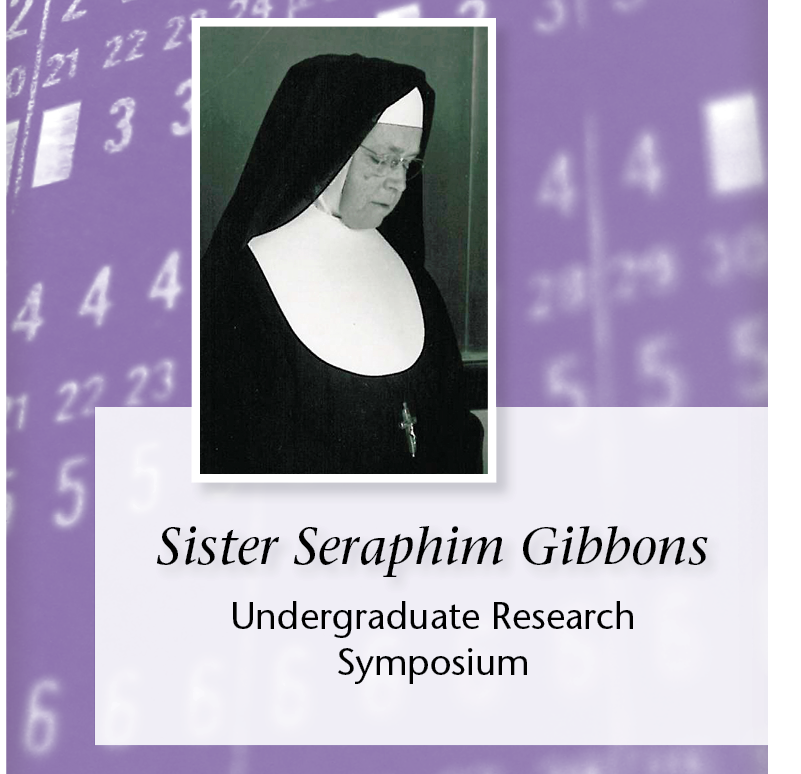Starvation-induced Changes in the Morphology and Physiology of Lumbriculus variegatus
Faculty Advisor
Kay Tweeten
Department
Biology
Starvation-induced Changes in the Morphology and Physiology of Lumbriculus variegatus
Tissue degrowth occurs in some organisms when overwintering in natural habitats or subjected to food withdrawal in the laboratory. We monitored degrowth in the freshwater annelid, Lumbriculus variegatus, an oligochaete that can withstand up to six months of starvation. Significant reductions in biomass were observed in starved compared to fed worms. By the time starved worms began to die, their biomass had decreased by 83%. Degrowth resulted in substantial reduction in worm length and segment size without extensive decrease in segment number. Starved worms showed fewer cells than fed worms with little difference in cell size. Starved cultures asexually reproduced only during the first 12 weeks of starvation, doubling the population. During the same time period, fed cultures increased 7-fold in number. When cut to induce regeneration, starved worms formed new heads and generated new posterior segments. Although the number of new segments formed was less than that in fed worms, extensively starved worms continued to allocate energy towards regeneration and segment formation. Membrane-inlet mass spectrometry measurement of oxygen uptake and carbon dioxide release showed reductions in metabolic rate that were directly related to length of starvation. Throughout the starvation process, L. variegatus used mixed metabolism with gradual depletion of both lipid and glycogen. When fed after six months of starvation, worms doubled biomass within two weeks and began to reproduce asexually within four weeks. Our results suggest that the starvation response in L. variegatus is complex, involving morphological and physiological changes associated with energy-saving mechanisms. The ability of L. variegatus to survive and quickly recover from long-term starvation suggests that this annelid provides a useful system in which to study responses to caloric restriction.
